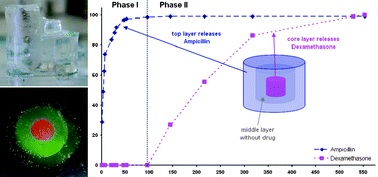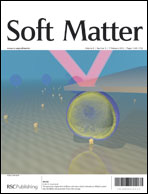Polysaccharide based covalently linked multi-membrane hydrogels†
Abstract
Layer-by-layer techniques bear great potential for biomaterials as they allow sequential construction of hierarchical constructs. This especially accounts for hydrogels which can be tuned for biochemically, morphologically and mechanically different microenvironments and find numerous applications for encapsulation and release of


 Please wait while we load your content...
Please wait while we load your content...